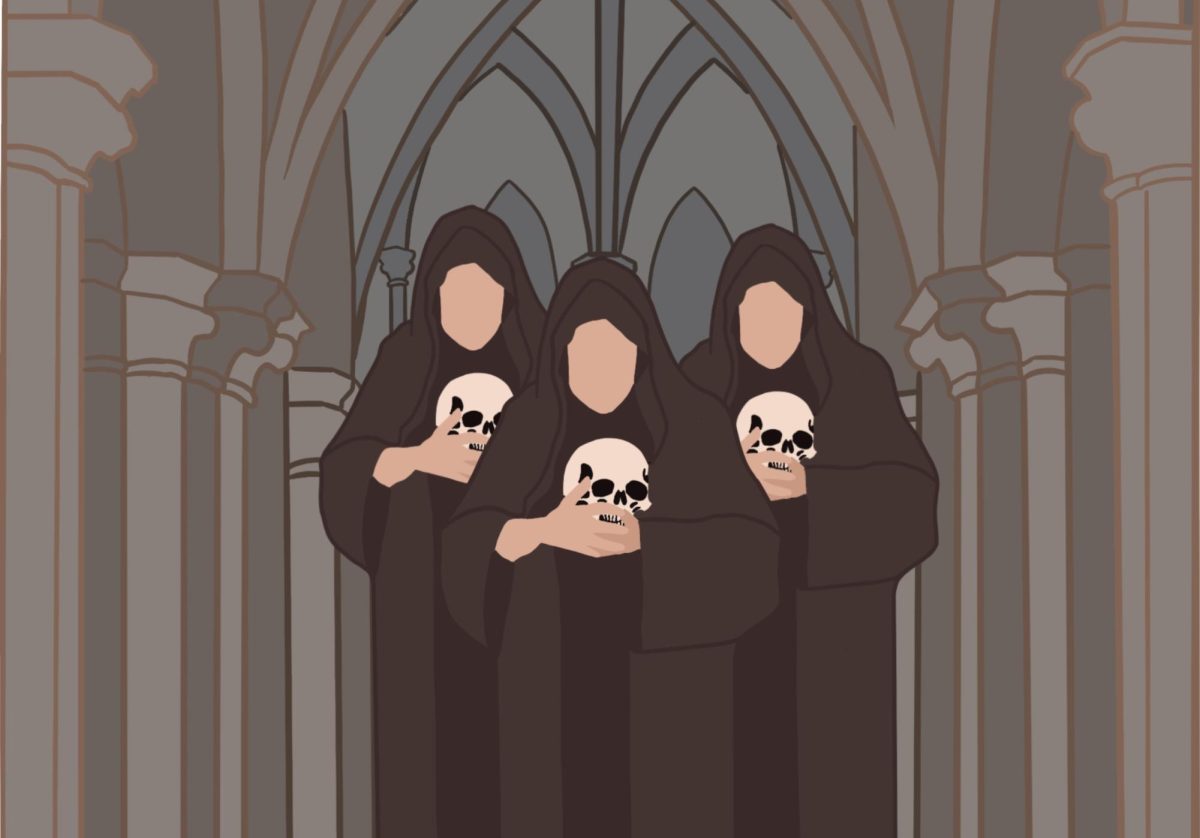I had been expecting to watch a movie, eat my leftover cannelloni and relax. But the night and week that followed certainly didn’t go as planned.
August 1, 2007 will be one of those days when you remember exactly where you were and what you were doing when you heard the news.
I had hardly settled into the couch when I got the call.
From the moment the newsroom staff at the Daily heard about the Interstate 35W bridge collapse, it has been a constant duty to provide up-to-date developments.
Managing editor Tiffany Clements got a call around 6:15 p.m. from her roommate who had just been rerouted on 35W. She thought the bridge had just collapsed.
That call set the breaking-news gears in motion.
Associate editor Karlee Weinmann’s kitchen table quivered when the bridge fell. A few minutes later, when the managing editor called her, she knew the cause and bolted out the door so quickly she forgot to put on shoes.
Within minutes, photo editor Stacy Bengs had grabbed camera equipment and was on the scene, just a short distance from where she lives.
Daily photographers sprinted down the hills, grasping at trees to keep from falling. Reporters and editors climbed onto the bridge, surveying the wreckage and talking to witnesses and police.
Other editors and reporters came to the office and began making calls to the police department, fire department and anyone else who could give us answers.
With cell phones down, reporters at the bridge relayed details and witness accounts through text messages to those of us back at the office.
Within half an hour of the bridge collapsing, the beginning of perhaps Minneapolis’ greatest tragedy began to take shape on the Daily’s homepage.
Without a doubt it is the biggest story anyone on the staff has ever covered.
The pared-down newsroom of about 10 reporters and editors began the long, sleep-deprived week of finding the stories of heroism, heartbreak, fear and hope in our – for some, literal – backyard.
Every few minutes we updated with new details: approximate number of cars on the bridge, survivor and rescuer stories, numbers reported dead and missing, and type of construction being done.
The three staff photographers edited their photos, wrote cutlines and posted them to mndaily.com on Wednesday night, before sharing them with the Associated Press wire service.
Since then Daily photos have appeared in more than 125 other newspapers, Web sites and TV news shows.
Thursday, after the charter planes rented by the network and cable news stations landed on Minnesota soil, two days of constant press conferences began.
Matt Lauer, Charles Gibson, Brian Williams and Anderson Cooper vied for the best live shots just outside our doors. Daily staff stood alongside local and national reporters, asking questions and taking notes.
Daily photographers and videographers continued to capture the unfolding story on film.
Each day new stories emerged: numbers of injured, dead and missing; bridge safety; emergency funding bills passed in the U.S. Senate and House; visits from President George W. Bush and the first lady.
Since the night of Aug. 1, Daily staff has been working almost every hour of every day, with the exception of the hours between about 3 a.m. and 6 a.m.
Today we are especially proud to give you this newspaper. It represents not only the dedication of the Daily’s staff, but it shows how close to home that bridge fell.
We will live with the view of it as we walk down University Avenue across the interstate, or this fall as we ride the campus shuttle across the 10th Avenue bridge, or view the damage from out our apartment windows.
For all of us, the story of the bridge collapsing is more than just a story for a day or a week. It will stay with us for months or years, or even for life.
Emily Banks is the Editor in Chief. She welcomes comments at ebanks@mndaily.com.







